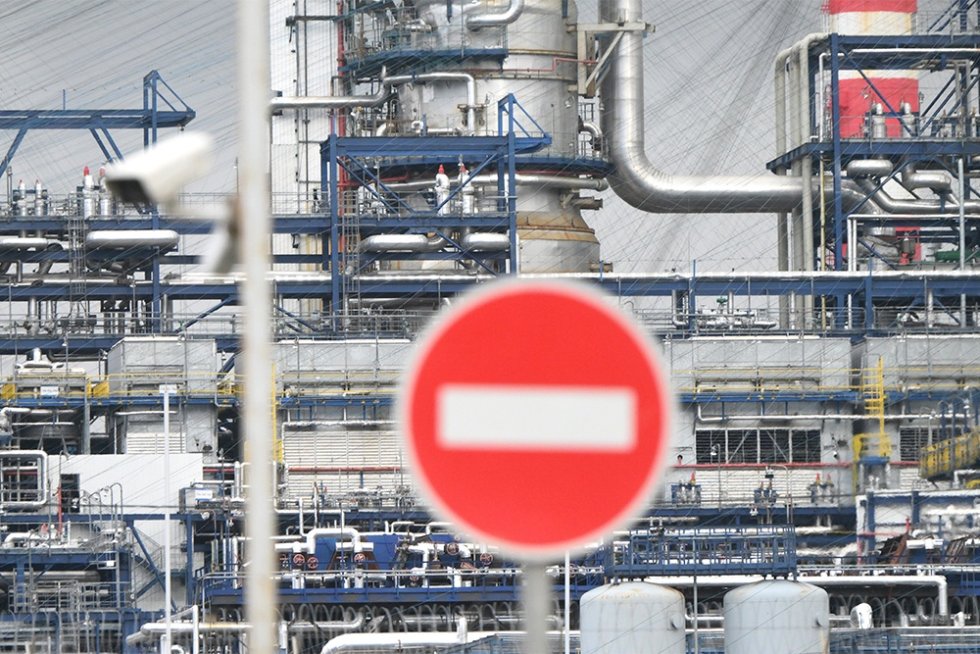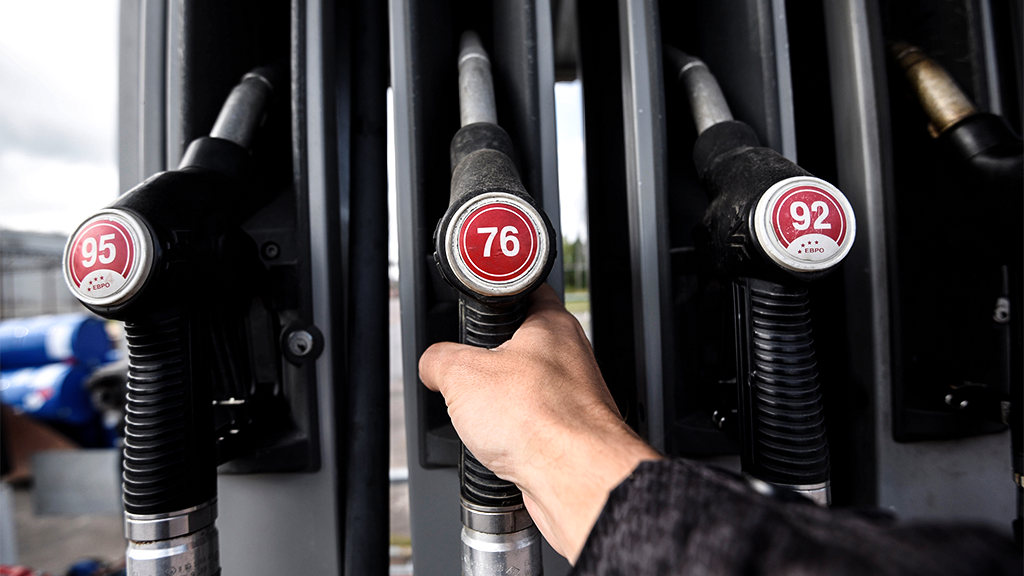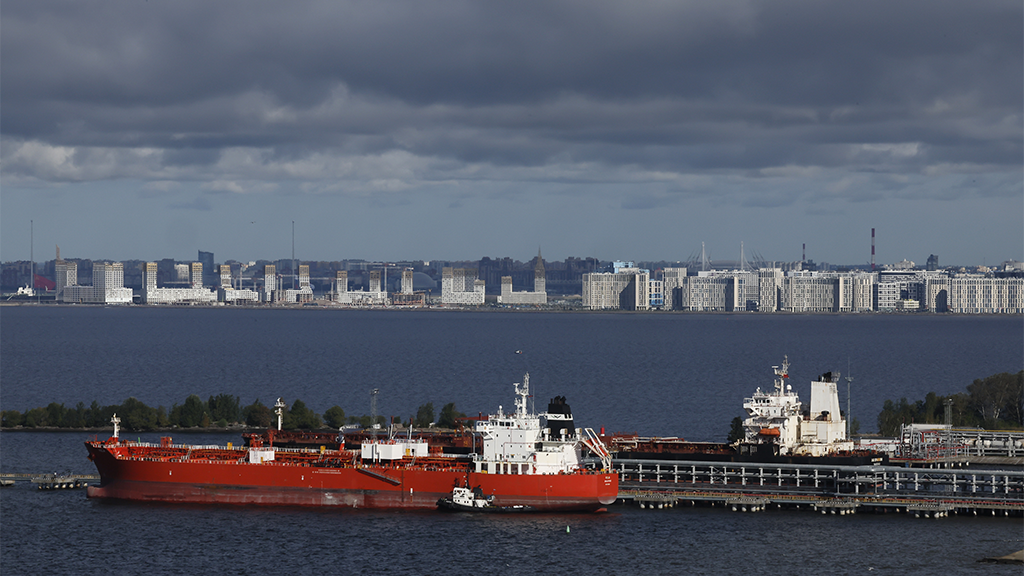Ministers from eight voluntary OPEC+ countries convened online on 7 September to discuss the current state of the oil market, making the decision to proceed with an increase in production by 137,000 barrels per day in October compared to September. Experts note that the cartel has reduced its growth rate to nearly a quarter of previous levels, a prudent approach given that OPEC+ currently has minimal influence on price dynamics, while oil supply from non-OPEC+ players continues to rise.
Agreement Details
The eight OPEC+ nations – Russia, Saudi Arabia, the UAE, Algeria, Iraq, Kazakhstan, Kuwait, and Oman – have tentatively agreed to increase oil production in October by 137,000 barrels per day from September levels, according to an official statement from the oil cartel.
The statement highlights that "in light of the stable prospects of the global economy and the current favourable market indicators reflected in low oil inventories, the eight participating countries have decided to adjust output by 137,000 barrels per day from the 1.65 million barrels per day of additional voluntary adjustments announced in April 2023."
The oil cartel further emphasised that "the 1.65 million barrels per day can be returned partially or fully, depending on changing market conditions and in a gradual manner."
"The countries will continue to closely monitor and assess market conditions, and in their ongoing efforts to maintain market stability, they affirmed the importance of adopting a cautious approach and preserving full flexibility to suspend or cancel additional voluntary production adjustments," the statement added.
Russian Deputy Prime Minister Alexander Novak, commenting on the OPEC+ nations' decision during a broadcast on Rossiya 24, stated that Russia will increase production by 42,000 barrels per day.
"We are fulfilling our obligations in full. From the perspective of compensation and increasing the volumes that were adopted in previous periods, this allows us to ensure growth in our oil sector. This positively impacts our economy and the oil sector as a whole. Hence, we will continue to make these decisions based on the necessity of maintaining the balance between supply and demand in the global market," he remarked.
Saudi Arabia will also increase its production by 42,000 barrels, Iraq by 17,000, the UAE by 12,000, Kuwait by 11,000, Kazakhstan by 6,000, Algeria by 4,000, and Oman by 3,000 barrels per day.
According to Dmitry Kasatkin, managing partner at Kasatkin Consulting, the cartel anticipates an improvement in the overall economic situation globally, particularly in the Asian region.
"Overall, the decision appears consistent with a strategy aimed at increasing OPEC's share in the global oil markets. For Russia, this is positive in terms of reducing volumes that need to be compensated for due to surpassing previous quotas. It's important to note that OPEC maintains flexibility, and in future meetings, if monitoring results indicate changes in the supply/demand balance, quotas may be adjusted. In general, this decision can be characterised as a very cautious adjustment, translating to a +0.4% increase in daily production for Russia," noted Kasatkin.
The cartel stated that the eight OPEC+ countries will hold monthly meetings to consider market conditions, compliance, and compensation. The next meeting is scheduled for 5 October 2025.
Rationale Behind the Decision
The OPEC+ decision comes as no surprise, according to Valery Andrianov, Associate Professor at the Financial University under the Government of the Russian Federation.
"The alliance is gradually increasing production despite a rather unstable global market. Moreover, this decision seems practically the only logical choice, as OPEC+ currently has minimal effect on price dynamics, while oil supply from non-participating players is on the rise."
Ekaterina Kosareva, managing partner at VMT Consulting, reminds us that over the last 20 years, US production has increased by 3.5 times, transforming the country from the world's largest fuel importer into a net exporter of oil and petroleum products.
"Currently, the United States meets more than a fifth of Europe's oil and petroleum product demand," said Kosareva, highlighting that not all oil producers might welcome this situation, especially those cutting production to maintain oil prices and future investments.
According to Valery Andrianov, the primary objective at this stage is to gradually increase production at a pace that avoids a sharp market collapse while satisfying the appetites of key alliance members and preventing external competitors from capturing additional market share.
"It is clear that there will be dissenters. Countries with greater capabilities and prospects for increasing production advocate for a more active exit from restrictions, while countries without such capacities are interested in maintaining relatively high prices," he added.
This sentiment aligns with that of Sergei Tereshin, CEO of Open Oil Market, who noted that the overall increase in quotas will be minimal: just 137,000 barrels per day.
"This is the lowest increase in the past six months, and I believe this latest decision will not destabilise the market," he stated.
It is worth recalling that at the penultimate meeting in August, the eight OPEC+ countries, voluntarily reducing oil production, decided to increase output in September by 547,000 barrels per day.
Impact on Oil Prices
Oil prices began to adjust for insider information about the forthcoming increase even before the weekend. While on Tuesday, amidst scepticism from investors regarding peace talks between Russia and Ukraine, Brent traded at $69.14 per barrel, by Friday's closing, the same commodity was down to $65.50, according to data from the London ICE exchange.
This downturn followed reports from Western news agencies regarding the results of Sunday's eight-nation OPEC+ meeting.
Bloomberg, citing its sources, reported that Russia, Saudi Arabia, the UAE, Algeria, Iraq, Kazakhstan, Kuwait, and Oman tentatively agreed to increase oil production in October by 137,000 barrels per day from September levels. One Reuters source suggested that the production increase in October could reach around 200,000 to 350,000 barrels per day.
The market swiftly reacted with a decline in prices, and industry experts do not anticipate significant fluctuations in oil prices going forward.
According to Valery Andrianov, the market's responses to recent OPEC+ decisions have been tepid, attributed to the predominance of other price-forming factors and the absolute predictability of the alliance's actions.
"Prices may experience slight increases in the short term in reaction to signals from automated trading systems. However, in the medium term, this influence will diminish, giving way to other more significant factors such as demand from major consumers and the level of geopolitical tensions," he noted.
Ekaterina Kosareva added that threats of stricter sanctions against Russian oil or other allied nations could hold back further price declines.
By the end of the year, Brent prices are expected to remain below $70 per barrel, with forecasts suggesting a decline to $60 per barrel next year, according to Sergei Tereshin.
Source: Izvestia




